 Today the group visited Wakefield Theatre Royal, which was built in 1894. We were given a tour and a talk by Murray Edwards, who is the theatre’s Chief Executive. The theatre has 499 seats divided into three levels, the gallery, the dress circle and the balcony – which used to charge differing prices and reflected class and social status, although today all seating prices are the same (prices vary by performance between £10 and £22.50). The seats are refurbished cinema seats that still help to maintain the Victorian ambience of the theatre, along with an ornately decorated ceiling and excellent acoustics provided by the shape of the auditorium. When the seats were refurbished they were reduced in number due to balcony areas being used for lighting, and also due to health and safety considerations. The theatre building has limited heating and air conditioning facilities, and the temperatures inside can often reflect the temperatures outside – especially when it is hot in summer.
Today the group visited Wakefield Theatre Royal, which was built in 1894. We were given a tour and a talk by Murray Edwards, who is the theatre’s Chief Executive. The theatre has 499 seats divided into three levels, the gallery, the dress circle and the balcony – which used to charge differing prices and reflected class and social status, although today all seating prices are the same (prices vary by performance between £10 and £22.50). The seats are refurbished cinema seats that still help to maintain the Victorian ambience of the theatre, along with an ornately decorated ceiling and excellent acoustics provided by the shape of the auditorium. When the seats were refurbished they were reduced in number due to balcony areas being used for lighting, and also due to health and safety considerations. The theatre building has limited heating and air conditioning facilities, and the temperatures inside can often reflect the temperatures outside – especially when it is hot in summer. 
The converted cinema seating

The maintained Victorian decor, including ceiling vent
The building was originally used as a theatre, in the 1930s it became a cinema until the 1970s, when it was converted into a bingo hall. In 1981 the building was purchased for £100,000 to be converted back into a theatre, which took five years in total. The theatre was awarded a grade two star listed building status, which meant that it could not be pulled down, and could only be used as a theatre. Due to the building’s age there are high maintenance fees and in 1995 a further £250,000 was spent on refurbishments, followed by another £250,000 between 2002 and 2003.

Murray addresses the group from the balcony

The view from the stage, with the lighting rigs lowered
The backstage area of the theatre is currently very small, this can be problematic when there are large performances that may involve as many as 150 members of the cast and crew. In May 2006 planning was granted for a brand new ‘state of the art’ extension to the current premises that will help with such capacity issues. The new extension is set to include facilities such as a split level foyer with bar and cafe areas, new box office facilities, lift access to all levels, an education suite and a brand new state of the art studio space.

Backstage - the store of painted 'back drops'

Under the stage - the sprung trap door that can be used in performances
The theatre employs five technical staff which is an increase from two – this is due largely to the wider range of performance types that the theatre runs. The theatre has charitable status, and receives funding from the Arts Council and Wakefield City Council, it has a turnover of £1 million per year. Annually the theatre runs 250 performances, 65% of which are put on by the theatre, and 35% of which are put on by organisations such as schools and societies. By far the biggest selling product in the theatre’s year is pantomime. This makes up 30% of all output (60 performances out of the 250 per annum), and generates £60,000-£80,000. The panto season may attract 25,000 visitors – which is a gateway to other future theatre performances. Over the year, the theatre runs at 60% of its seating capacity, with some performances sold out, and others under-sold. The theatre is considered a cultural and educational resource for the community, and also helps to run initiatives such as anti-bullying programmes with schools, no smoking initiatives with the local Primary Care trust, as well as culturally inclusive programmes.
In terms of marketing there are six main mediums by which the theatre communicates with the public, these are: brochures; letters; website; posters; broadcast emails; broadcast text messages. Louise the Sales and Marketing manager estimated that it took four contacts with a customer to generate a sale. The biggest single sales driver is the brochure which is responsible for 70% of ticket sales – when a ticket is sold it is recorded how the person heard about the performance. Public Relations i.e. stories in the local media are also used to raise the public’s awareness of the theatre.
Many thanks to Murray and Louise, for an attention-grabbing look into the running of Wakefield Theatre Royal.




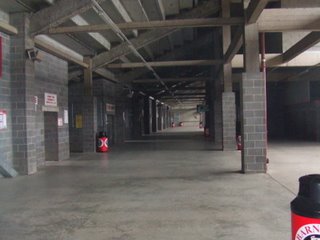

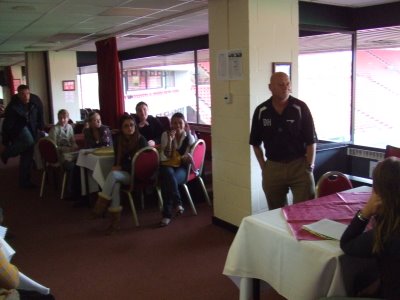 DH addresses the group
DH addresses the group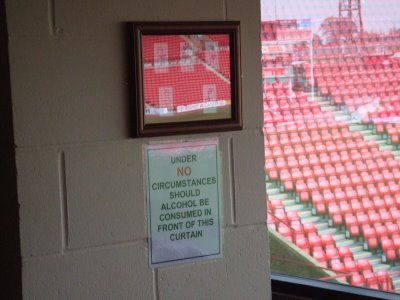
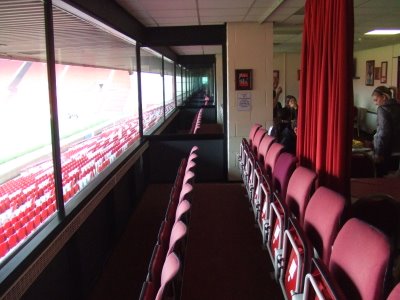
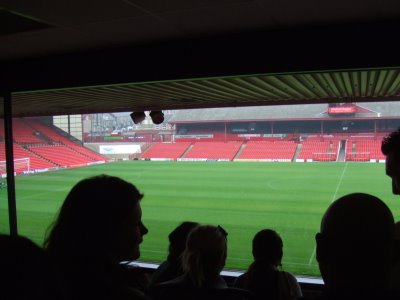

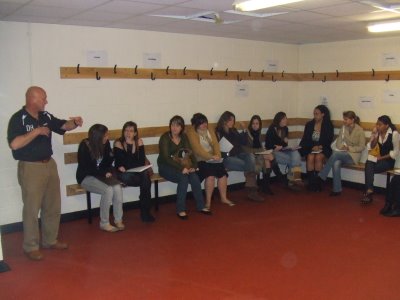 The Academy dressing room - top the walls are adorned with motivational words, below DH gives the group a team talk.
The Academy dressing room - top the walls are adorned with motivational words, below DH gives the group a team talk.
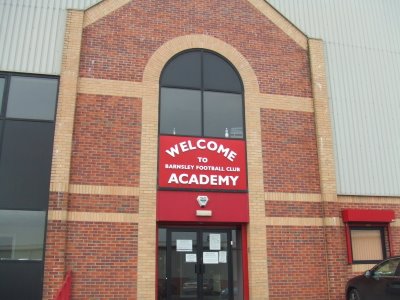
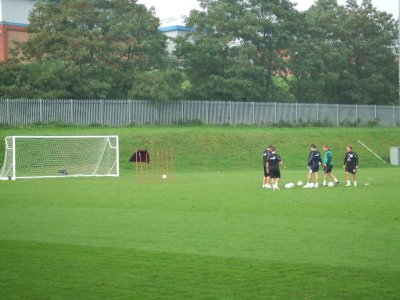 The first team in training
The first team in training The indoor academy pitch
The indoor academy pitch

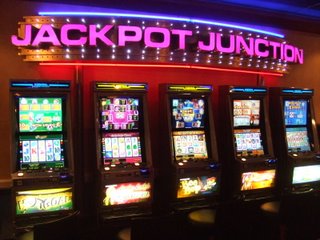


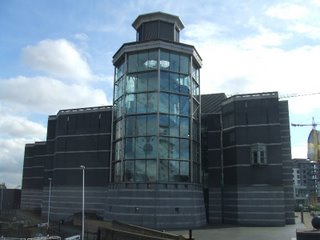
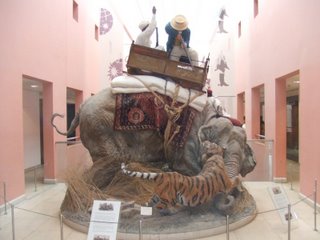
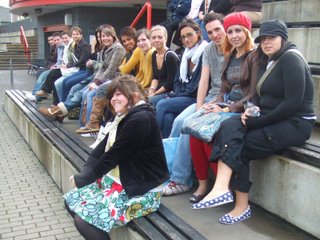
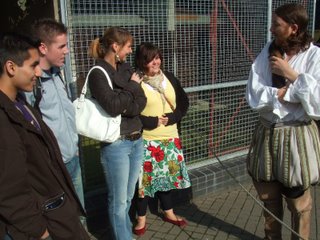 As an educational day out, the Royal Armouries demonstrates a proven ability to put across information in a varying number of ways. It is certainly worth a visit, as is the surrounding
As an educational day out, the Royal Armouries demonstrates a proven ability to put across information in a varying number of ways. It is certainly worth a visit, as is the surrounding